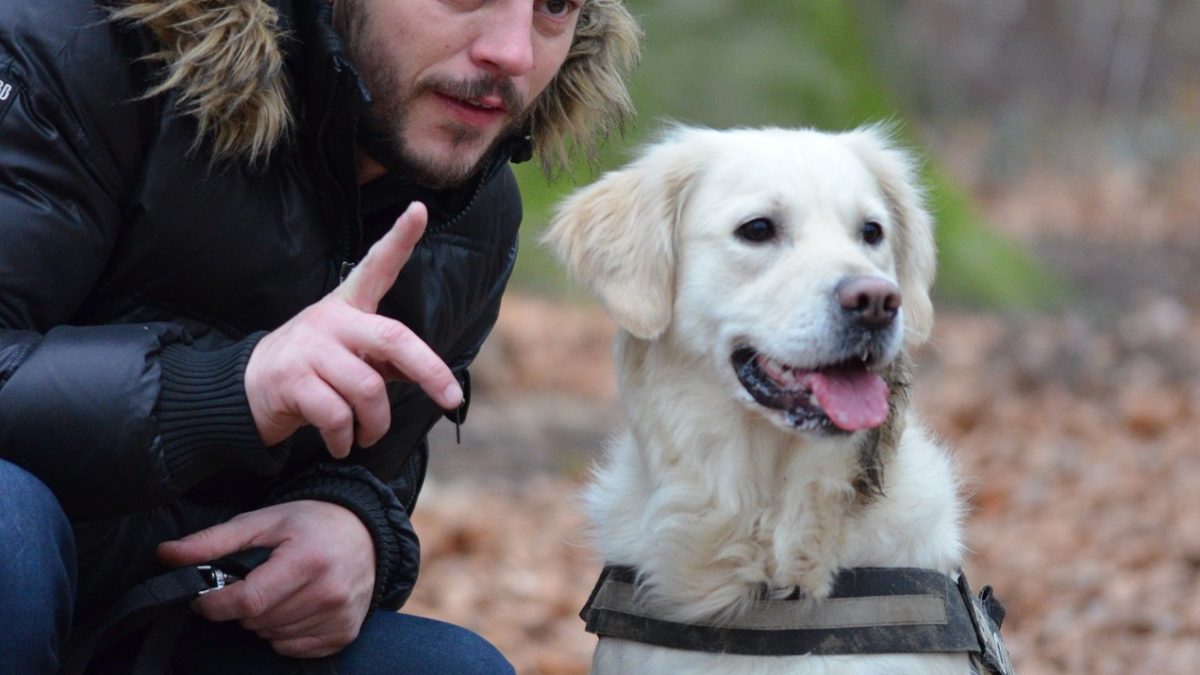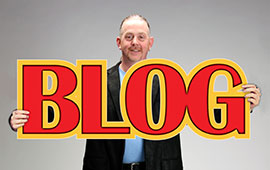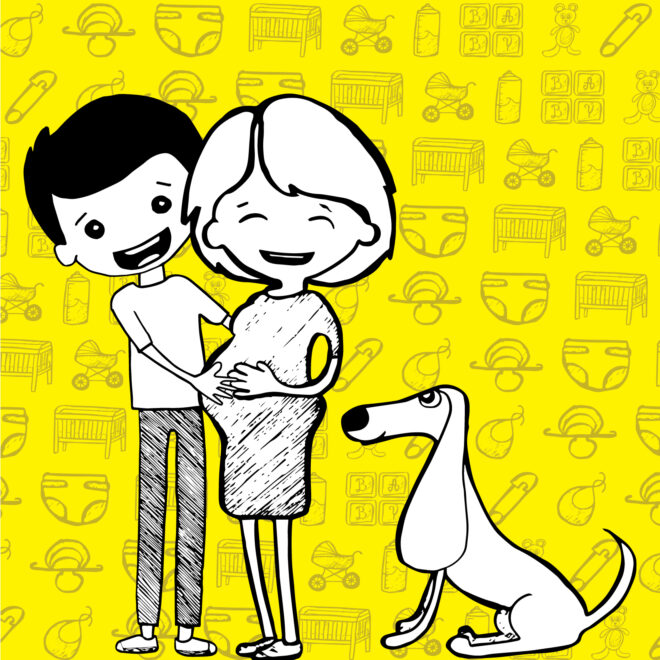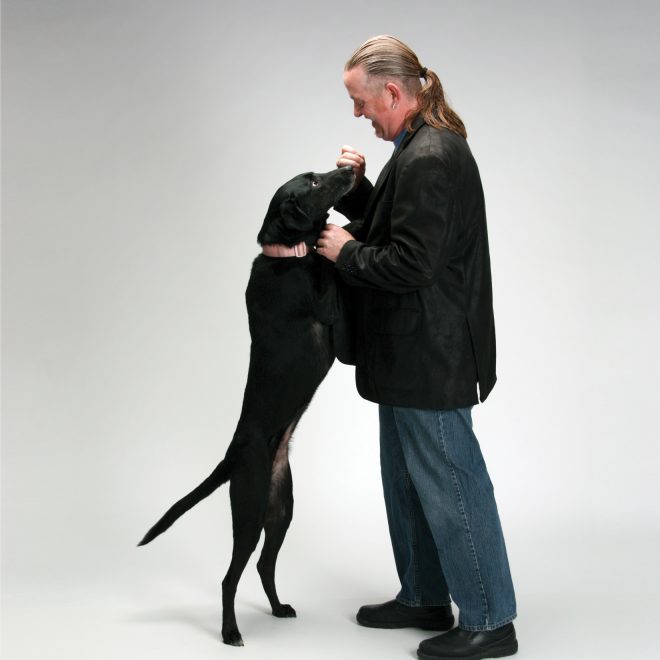Training Terminology: What it all means!
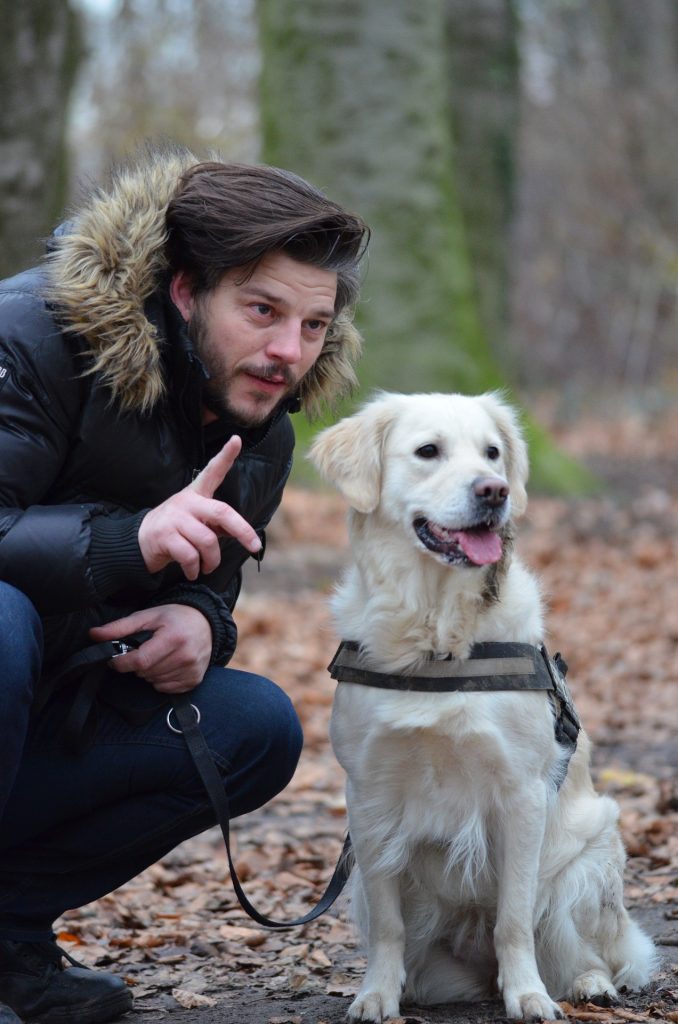 As I read through some of the old posts, I find I am using dog training terms and verbiage without really ever having explained them or for that matter defined them. Bad Trainer! Well, we are going to take care of that right here and now. We are going to cover the meaning of positive and negative markers.
As I read through some of the old posts, I find I am using dog training terms and verbiage without really ever having explained them or for that matter defined them. Bad Trainer! Well, we are going to take care of that right here and now. We are going to cover the meaning of positive and negative markers.
Markers are nothing more than how we let our dogs know when they have done something right or wrong. Let’s start off with the positive marker. Most people simply say “good dog” when the dog does something correct. I, on the other hand, use, a clicker a simple noise maker that when you depress a button it makes a clear and consistent noise (or mark) the dog can relate to. There are several reasons for this but the biggest is “DOG’S DON’T SPEAK ENGLISH”! I know there are people out there that will argue this point with me, but dogs don’t really understand language the way humans do. Yes, they can, over a period of time, learn that Sit means put my rump on the ground, but they can also learn that Pineapple Sherbet means put my rump on the ground if I spend the same amount of time associating the word and the behavior!
I have also noticed that different people use a different tone of voice when marking a behavior either positive or negative and this one can confuse a dog since their main way of understanding is tone and body language. The other real reason for my preference for using a clicker is timing! We as humans very rarely mark a behavior with our voice with the correct timing. We are either early or late and that can make for a very confused dog. Let me give you a really oversimplified example that might shed some light on this. Let’s say we are working with Fido on Sit and we say SIT and presto Fido puts his rump on the ground, but we were not quite ready and we say “Good Dog” a little late. In those precious couple of seconds Fido has not only sat, but he has chewed a flea, seen a purple butterfly and smelled the poop in the neighbor’s backyard! Now in Fido’s world, he has to figure out which of these four behaviors got him the good dog. Yes, he will figure it out in time, but why not use a positive marker that can pinpoint the exact time the correct behavior happened, and take all the human inflections out of the picture? Enter the clicker. The idea is that at the exact moment Fido’s rump hits the ground we click and then reinforce with a reward, maybe a nice liver treat! Wow, would Pavlov and Skinner be proud of you. Yes, you already knew this from your high school or college Psychology 101 class; do you remember operant and classical conditioning?
Now what about the negative marker? Well from my vantage point as a trainer, I am shocked that most dogs don’t think there name is “NO, NO BAD DOG” Because that is what most owners say when their dog has done something inappropriate or incorrect. Once again I will repeat, “DOGS DON’T SPEAK ENGLISH”, so yelling, pleading, explaining or discussing will not make a dog understand what in the world you want. Let’s say you want to be concise and clear and decide to use just the word NO to mark a bad behavior for your dog? Well you are back to being human and forgetting to think like a dog! Does it mean NO or KNOW? If you live in a household like mine, where there are 6 and 10-year-old boys running around, how many times is that word used daily? Next thing you know your dog will have a nervous twitch and hide in the corner because he has no idea who is getting the mark. This also brings up the idea of learned indifference. Let me give you an example. I am a Dad to the afore-mentioned boys, and I hear the word Dad 4,362 times a day. You honestly think I don’t tune out that word from time to time? “Dad, Dad, Dad, DAD!!!!!!!! Huh…were you talking to me?” Sound familiar? The moral of this story…don’t be that dog owner saying a command over and over and over. The real message here, communicate with your dog like a dog not another person! So, what do I use as a negative mark? Just a simple sound, one syllable AAAGGGH! (Not sure of the spelling) but it is sounds like the word egg with out the hard G at the end, very guttural.
UPDATE:
To be honest over the years I have just started using the word no in calm and quiet voice…Over the years I realized that using the gutteral noise I was using did nothing to shut some dogs down. I think they associated that type of noise with being in trouble and would therefore just stop working… And in all reality all I want is the dog to try something else not quit behaving. Just goes to prove no matter who you are you should be able to switch gears and do things differently after all we should get smarter the longer we do something 🙂
Keep in mind that the negative mark is less about the dog doing something wrong and way more about getting the dog to stop the inappropriate behavior long enough for me to direct the dog to an appropriate behavior, so that I can then reward the good! This is the basis of dealing with most, if not all, problem behaviors with dogs and will be the subject of a future post. But we still need to cover release words and cues (both verbal and hand signals) in the next post, TERMINOLOGY PART 2.
Related Posts
Search Blogs
Most Popular Posts
Best Selling Books
K.I.S.S. Dog Training proudly serves the Kansas City Metro, Overland Park and Surrounding Areas. 40 miles, 20 miles each way from Shawnee, KS is included for In-Home Sessions... Over that mileage is an additional charge of $1.00 per mile... Call with Questions
Contact Us Today!
K.I.S.S. Dog Training
Shawnee, Kansas
(913) 269-7595

